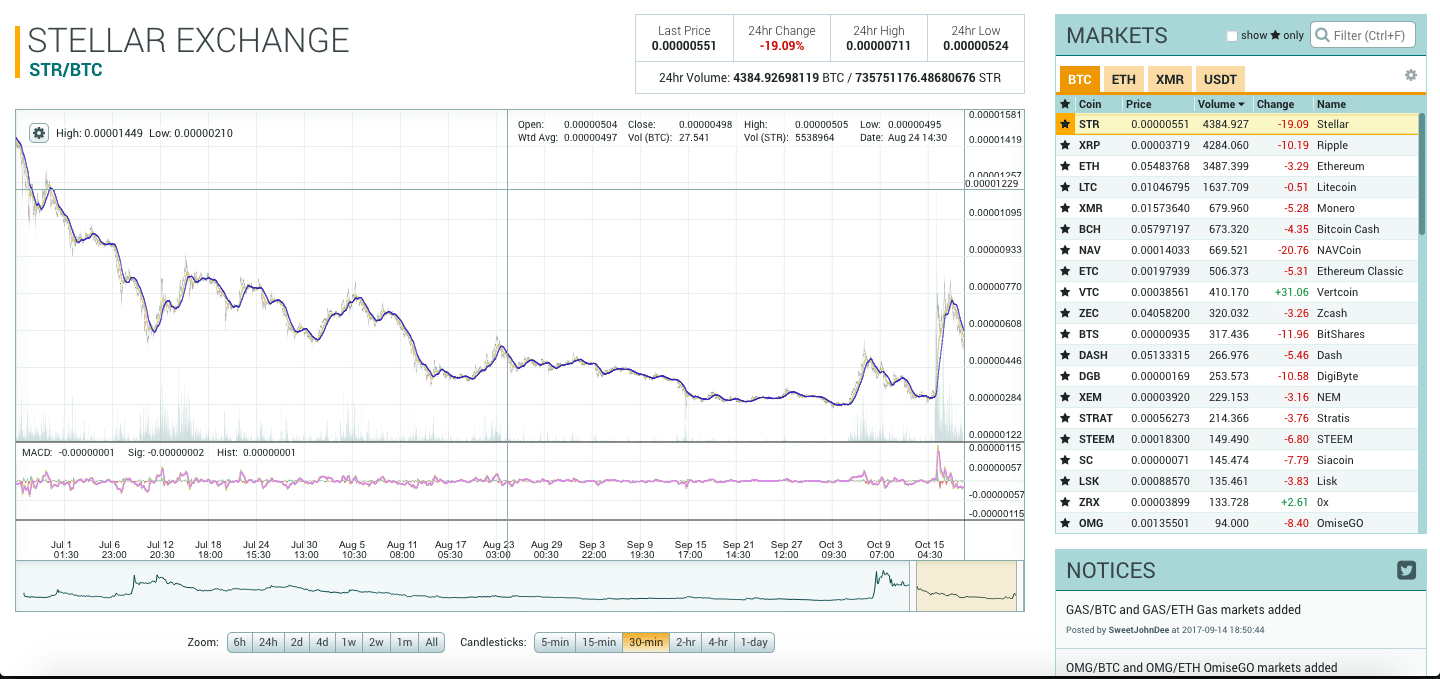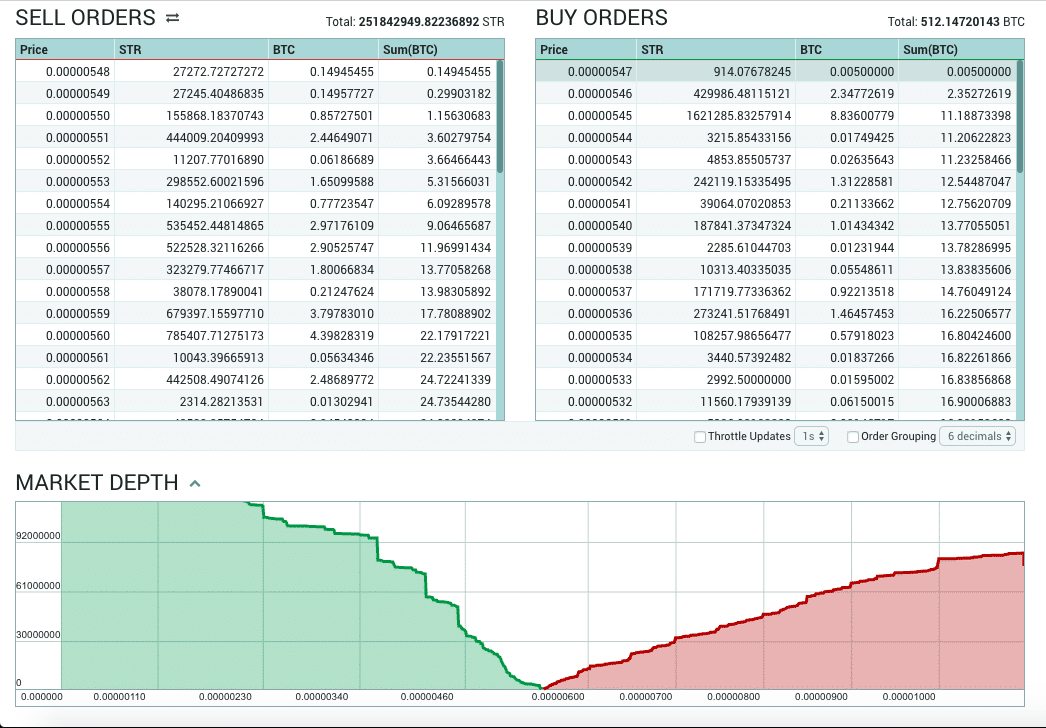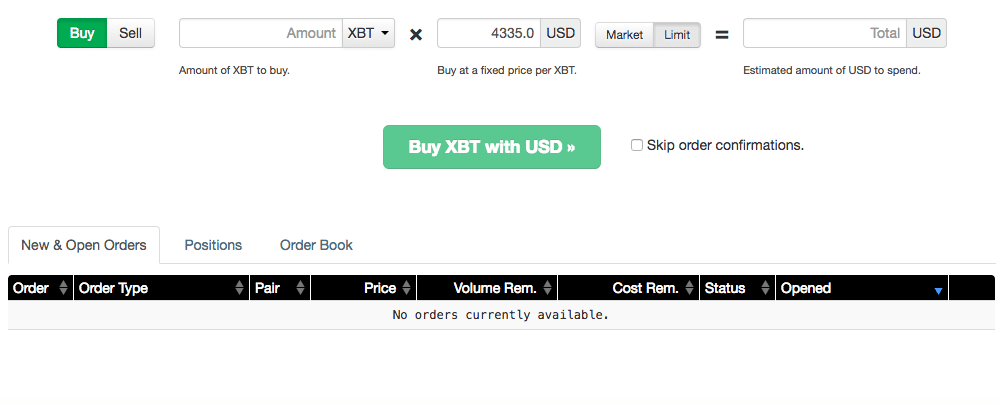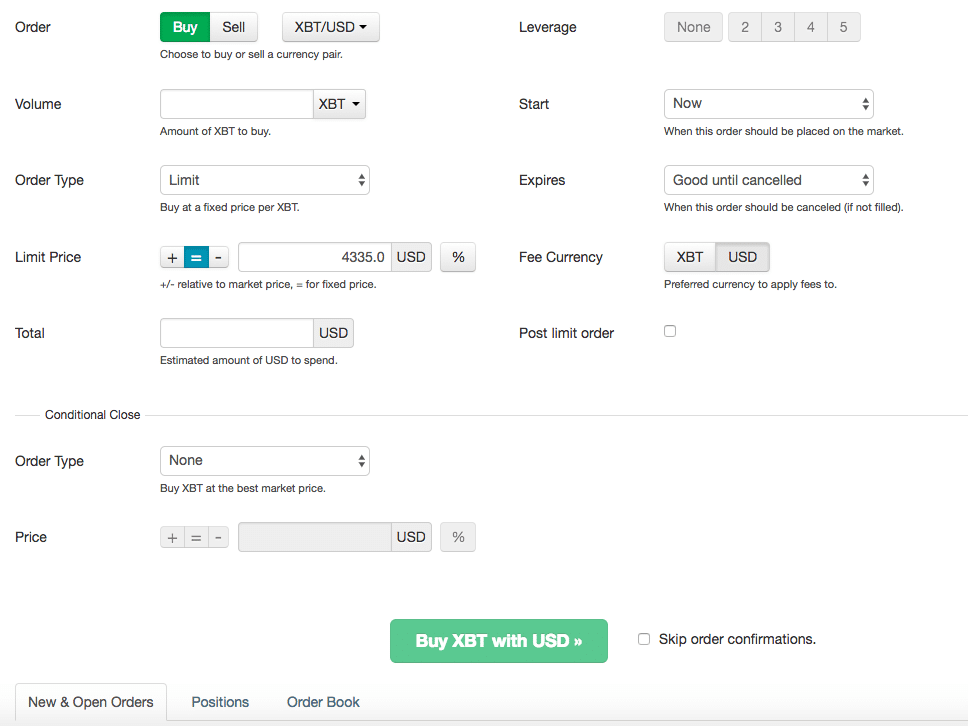Poloniex and Kraken are two common exchanges for investors looking to expand their horizons with alternative coins (“altcoin” for short) tradings.
DISCLAIMER: Although I try to be objective as possible in these posts, I must warn you that there have been numerous reports of Poloniex refusing fund withdrawals for users and seemingly ignoring support tickets for months. I strongly recommend you read our earlier post on Poloniex before making your decision.
After reading this “Poloniex vs Kraken” exchange comparison, you’ll be able to pick an exchange that works well with your investment plan.
We’ll go over:
- Funding Methods
- Interface
- Trading Fees
- Available Cryptocurrencies
- Transfer Limits
- Company Trust
- Fund Security
- Customer Support
- Conclusion
Poloniex vs Kraken: Key Information
[lptw_table id=”3680″ style=”default”]
Funding Methods
Poloniex only allows crypto-to-crypto trades, so you’re unable to deposit fiat currency (like U.S. dollars) into the exchange. Although you can fund your account with any coin available on the exchange, I recommend depositing either Bitcoin, Ethereum, Monero, or Tether. All of the coins on the platform are paired with these four coins for trading options.
Kraken uses verification tiers to determine how you’re able to fund your account.
You can deposit and withdraw only digital currency at Tier 1. However, you can trade digital currency as well as fiat currencies at this tier. To reach Tier 1, you must submit your full name, date of birth, country, and phone number.
At Tier 2 or Tier 3 (depending on your country of residence), bank deposits and withdrawals (via wire transfer) are available. Your address is required for Tier 2 while you must additionally upload a valid government ID and recent proof of residence for Tier 3.
Interface
Poloniex has a straightforward interface that conveniently places all relevant charts and graphs on one page. The historic price, order books, market depth, and trade history are in an organized column for easy analysis.


You can also trade on margin and lend coins to shorters on Poloniex. These are advanced trading strategies that only experienced traders should attempt.
On Kraken, you can place orders using either a Simple, Intermediate, or Advanced interface. Use the Simple tab to place basic market (best market price) and limit (fixed price) orders. Set stop limits, expirations, leverage options, and conditional closes using the Intermediate and Advanced tabs.


Overall, both platforms cater to all types of investors encompassing a wide range of experience levels. Check out both exchanges and pick the one that you’re most comfortable using.
Trading Fees
Poloniex and Kraken use two factors to calculate your trading fees:
- Maker/Taker status
- 30-day trading volume
When you put a buy order on the books at a price that’s lower than the lowest “ask” price (or a sell order at a higher price than the highest “bid” price), you’re a maker. If your bid or ask price matches the price of an order on the books, you’re a taker.
Poloniex fees range from 0.00% to 0.15% for makers and from 0.05% to 0.25% for takers. To receive a lower rate, though, you’ll need to have over 600 BTC worth of trades in one month.
On Kraken, the maker fees max out at 0.16% and decrease to 0.00% for most trading pairs. The fees range from 0.10% to 0.26% for takers.
With the varying structure on each exchange, I recommend estimating the fees using the schedules posted here for Poloniex and here for Kraken. You can use those estimates to see if the difference in fees is large enough to determine your platform choice.
Available Cryptocurrencies
As a pure cryptocurrency exchange, Poloniex supports pairings of Bitcoin, Ethereum, Monero, and Tether with:
- Bitcoin
- Bitcoin Cash
- Dash
- Ethereum
- Ethereum Classic
- Golem
- Lisk
- Litecoin
- Monero
- Omisego
- Ripple
- +57 more coins
Kraken also supports a multitude of coins and pairings such as:
- Bitcoin
- Bitcoin Cash
- Dash
- EOS
- Ethereum Classic
- Ethereum
- Gnosis
- Iconomi
- Litecoin
- Melon
- Augur
- Tether
- Dogecoin
- Stellar Lumens
- Monero
- Ripple
- Zcash
Clearly, both exchanges have numerous coins available. I recommend checking out each exchange to see which one has the pairings that are most advantageous for your investing strategy.
Transfer Limits
Poloniex has no deposit limit. However, the exchange has minimum deposits for certain currencies that are listed under each currency deposit address. Make sure that your deposit hits these limits (even after fees) or your account won’t be credited.
The withdrawal limit on Poloniex is $25,000 for most users, but you can apply to have this increased. I outline this in more detail below, but there have been several reports of withdrawals from Poloniex never reaching their destination. Please trade with caution.
Kraken has a deposit limit of $25,000 per day when you provide a proof of source of funds. Deposits usually take 2-3 business days to clear. The daily withdrawal limit is also $25,000.
Company Trust
Kraken is operated by Payward, Inc and located in San Francisco. The company has received $6.5 million in funding from several investors including Roger Ver and Blockchain Capital. Since its launch in 2013, trading volume on the exchange has doubled on average every 5 months. This staggering growth shows that traders are continuing to use and trust the platform.
Poloniex was started in 2014 in Wilmington, Delaware. The exchange is consistently in the top 10 exchanges for trade volume but has many issues causing a lack of community trust. Several traders have reported support tickets going several months without a response. Oftentimes, these tickets are regarding withdrawal funds that have been locked up or “awaiting approval” for extended periods of time. That being said, I do know investors who have used Poloniex without any issues. Once again, trade at your own risk.
Fund Security
With both companies headquartered in the United States, you can be fairly certain that Poloniex and Kraken follow industry best practices when securing your funds.
Poloniex doesn’t go into detail about their security practices, but do state that “the vast majority of customer deposits are stored offline in air-gapped cold storage.” They only keep enough funds online to facilitate the liquidity needed for active trading. The exchange is monitored 24/7/365 for suspicious activity, and all accounts use 2-factor authentication.
Like Poloniex, Kraken stores most digital assets offline in encrypted wallets while the remaining coins are used to keep liquidity on the exchange. Kraken also maintains full reserves ensuring that a bank run on the exchange isn’t possible. Kraken has no mention of FDIC insurance on their website – a security precaution taken by other popular exchanges such as Coinbase and Gemini.
Customer Support
As mentioned earlier, support tickets can take as long as 4-5 months to be resolved. Poloniex has a customer support section on their website that includes FAQs; however, the question library is extremely limited.
Kraken not only has a vast list of support FAQs but also provides a training guide to help the beginner investor get started. Kraken has also been under some criticism in forums for slow support response times, but the complaints are nowhere near as bad as the ones directed towards Poloniex.
If you’re new to trading and think you may need active support to start, I recommend Kraken as your platform.
Conclusion
With the support and withdrawals issues that are prevalent on Poloniex, I advise the majority of you reading this to trade on Kraken.
I only recommend Poloniex to traders interested in certain investment strategies that can’t be done on Kraken (some margin trade pairings and coin lending to shorters).
(See CoinCentral’s Full List of Crypto Exchange Reviews)





